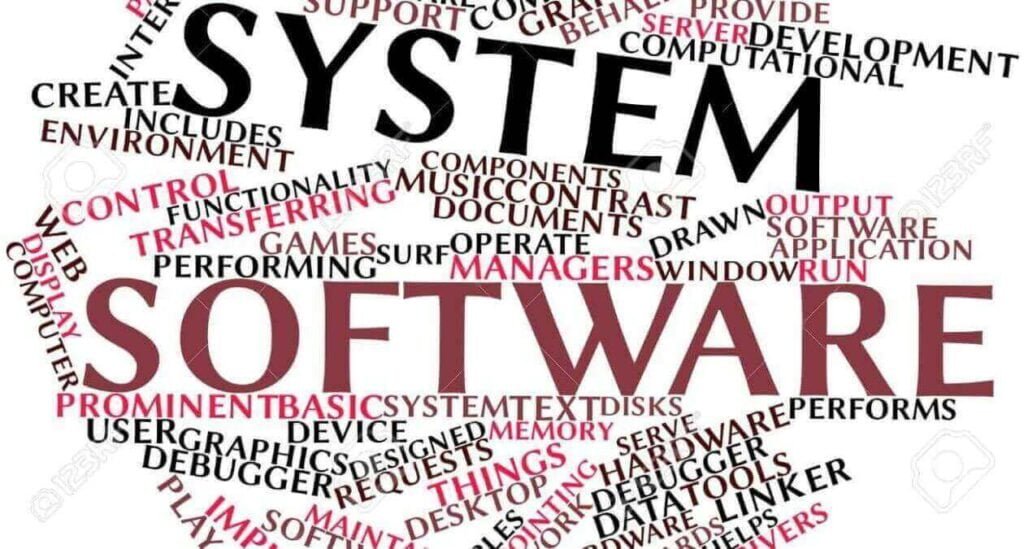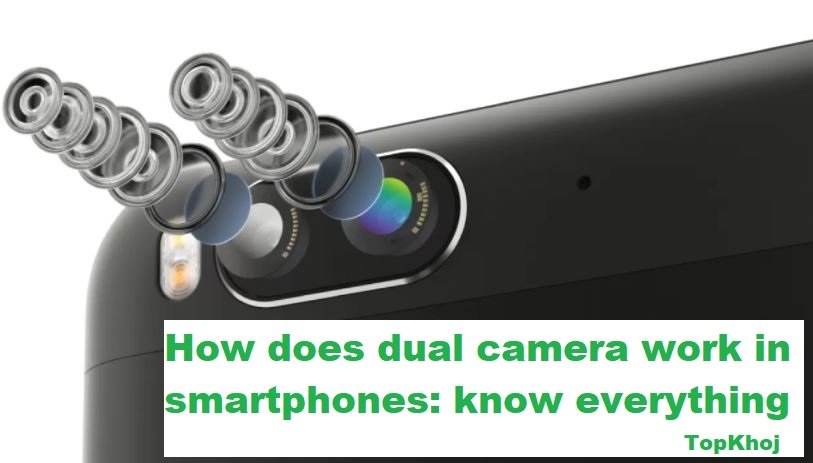Today’s 99% of people have their bank accounts. And in this 99% of people, there are 90% of people who use online fund transfer. Online fund transfer is easy, less time consuming and also effortless work. But have you ever thought that how online fund transfer works?
As we all know that there are various options for transferring money online from one bank account to another. When you ask a bank the method of online fund transfer, Bank also suggests NEFT, RTGS, IMPS, and UPI. But do you know the difference between these methods and how online fund transfer works?
So today I’ll tell you how online fund transfer works and the differences between NEFT, RTGS, IMPS, and UPI. First, we’ll know that why these methods are different or why there are different-different methods for online fund transfer?
National Electronic Funds Transfer (NEFT)
The NEFT method was launched in the year 2005. Using NEFT a person can transfer their money several times in a day. So to reduce their server load, the developers who developed the NEFT thought we should create a bunching method for a period like 1 hrs, 2hrs…… And then we’ll send these bunches to a computer and the computer will transfer it in digital format.

NEFT take times like 1hrs, 2hrs…..to proceed to complete your request successfully. Nobody monitors any transfer requests manually. It all works automatically means, when you do a NEFT, there’s nobody sitting in the bank to proceed the request manually. The system works digitally and automatically. It takes times because the system creates bunches for no. of transactions. Then after software starts transferring.
NEFT doesn’t allow to transfer money in the holiday periods because the developers thought It’ll be good for us to monitor all the process in working hours and we can solve the issues if any comes.
Real Time Gross Settlement (RTGS)

RTGS is also developed by the banks. This also works similar to NEFT, but it is different from NEFT. NEFT creates bunches but it doesn’t. RTGS is mostly used for large amounts such as above 2 lakhs money. The developers created RTGS because they are already created NEFT for small amounts of the fund transferring. So they didn’t want to store a large amount of money for a period. This was also launched in the year 2005.
Immediate Payment Service (IMPS)
The IMPS method was launched in the year 2010. This method is similar to RTGS. But the differences between RTGS and IMPS are IMPS works 24×7 as well as in non-working hours also. It allows transferring any amount to anyone immediately.

The IMPS was developed by NPCI (National Payment Corporation of India). So you can say that this is the head of all the methods. NPCI employees work 24×7 that’s why IMPS provides 24×7 services. The NPCI can monitor any issues at any time and any day.
Have you noticed one thing, when you transfer funds online, it asks to add a beneficiary? when you do online fund transfer using these methods you added a beneficiary and some details like contact no. and etc. Then after it takes 2-4hrs time for activating the transfer option. But why we wait some hours, why we are not allowed to transfer money immediately after adding the beneficiary?
Basically, the wait hours protects your account from hackers and other. If something goes wrong with your account or someone tries to hack your account between the waiting period, the system sends messages and email notifications to the account holder. And your request goes under the pulling method which doesn’t allow transfer for minimum 112hrs.
This is the reason, not that the bank employees forward your request manually by clicking a button on the keyboard. All process works automatically.
Unified Payment Interface
Then after some years, NPCI launched UPI (Unified Payment Interface) method. This is the improved method of IMPS and works under IMPS. UPI method doesn’t ask to add a beneficiary. You just need to add a UPI ID to proceed fund transfer. This method is ultra fast. You create a UPI ID and simply map with your bank account and start transferring fund online.

In UPI method payments done between UPI Ids. And then UPI uses IMPS server to transfer requested amounts in the real time. There are many UPI applications are available for the smartphones.
The methods are different because all methods launched in different years and at different times. So before coming to a new method people goes familiar with available methods. That’s why banks are still allowed all old methods even they are slow.
how online fund transfer works
One more thing, how your digitally transferred money banks collect physically? Does bank work at night and ship their money via a truck or any other medium?
The answer is RBI distributes, but how?
Reserve Bank of India (RBI)
RBI leads all the banks available in India. And as we open our bank account in different-different banks similarly banks open their account in RBI. Let’s understand by an example. We do Paytm and send money from one Paytm wallet to another, in this case Paytm stores our money. similarly, all banks deposit their amount in RBI.

When we transfer money digitally RBI checks the details of the bank. Suppose you transferred your money from HDFC bank to ICICI bank. In this case, your HDFC account balance is deduced and goes to ICICI. Now when HDFC will go to RBI to collect their money, RBI will check the HDFC bank account status and RBI will keep the deducted amount and the rest amount will give to HDFC. And when ICICI will go to collect their money RBI follow the same rule and give the increased amount to ICICI.


